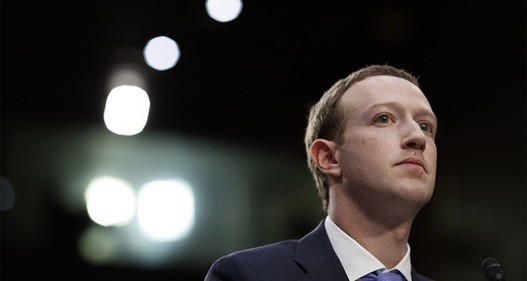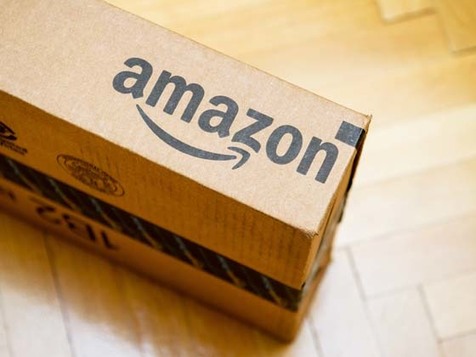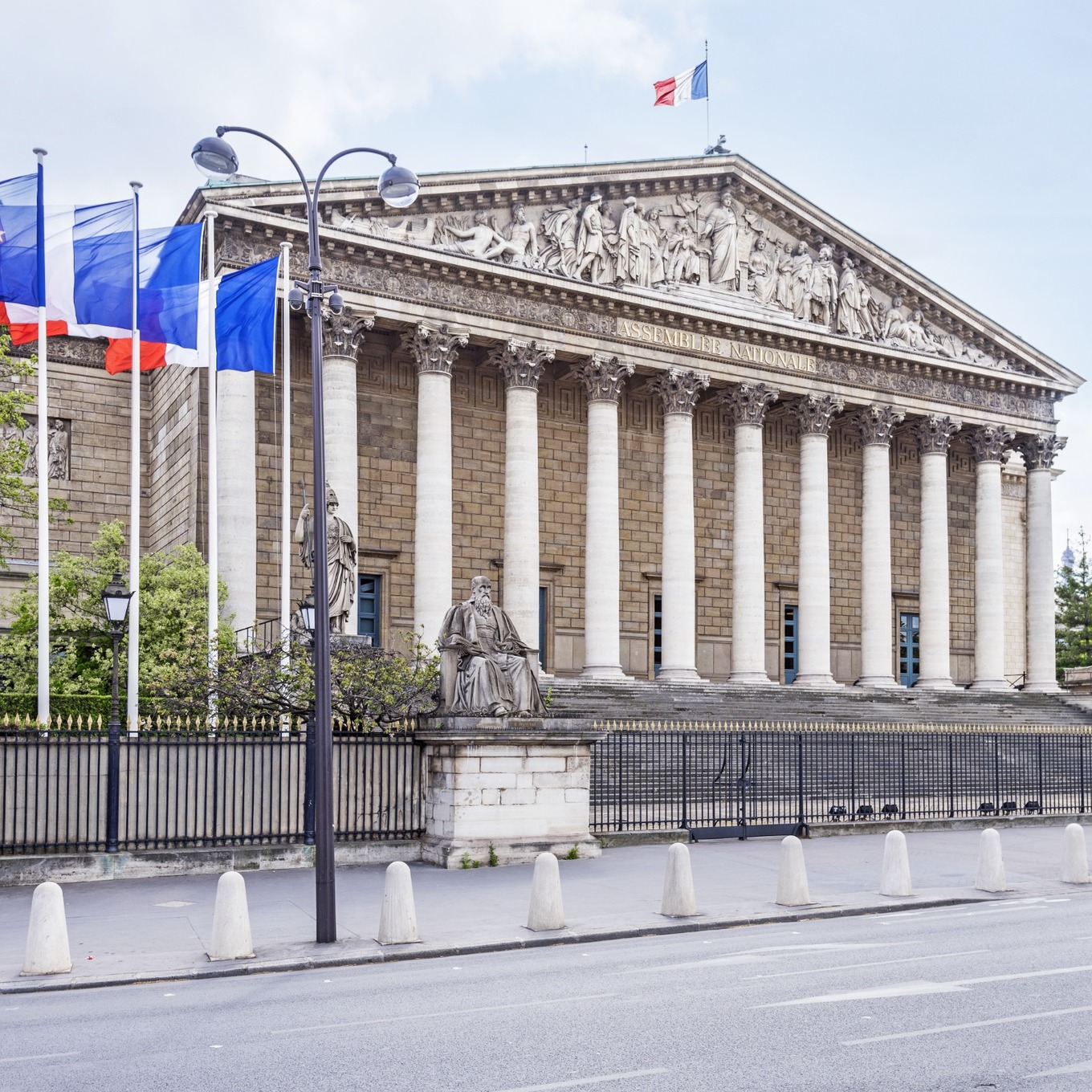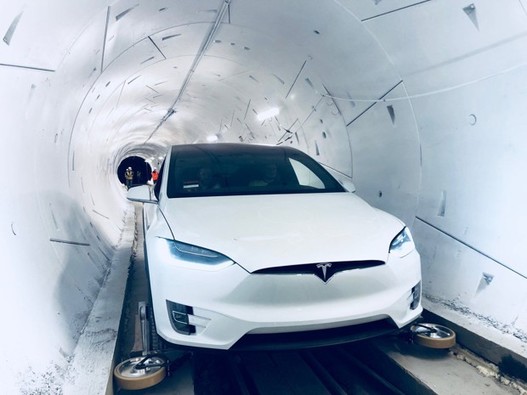Ce mal qui touche les anciennes stars high-tech de Noël
aujourd'hui GoPro, Fitbit et Parrot qui courent après la guérison. Leur survie en dépend. Bousculés par leurs concurrents chinois, ils tentent parfois de baisser leurs prix, comme GoPro avec sa dernière génération de mini-caméras. Ou, à l'inverse, de se repositionner dans le haut de gamme aux marges plus copieuses. Ou encore de (re) lancer des produits se différenciant de la concurrence.C'était le pari de Parrot avec Anafi, son nouveau drone lancé cet été. Mais ses débuts n'ont pas été à la hauteur des espoirs de l'ex-pépite tricolore. Parfois, la route est barrée, comme pour Fitbit, qui a lancé ses montres connectées, mais doit faire face à Apple qui a préempté ce segment de marché.Dans les drones, Parrot tente d'accélérer vers le secteur professionnel. Mais si la croissance de ce secteur est pérenne, elle ne compense en rien la perte de revenus de ses activités grand public. Lors du dernier trimestre, ses ventes B to B ont augmenté de 400.000 euros sur an, quand celles destinés à « monsieur tout le monde » ont reculé de plus de 10 millions...Le vaccin de la diversificationLes patrons de ces groupes essaient parfois d'inoculer à leur groupe le vaccin de la diversification. GoPro et Fitbit ont tour à tour mis un coup de volant vers les services et le software.










